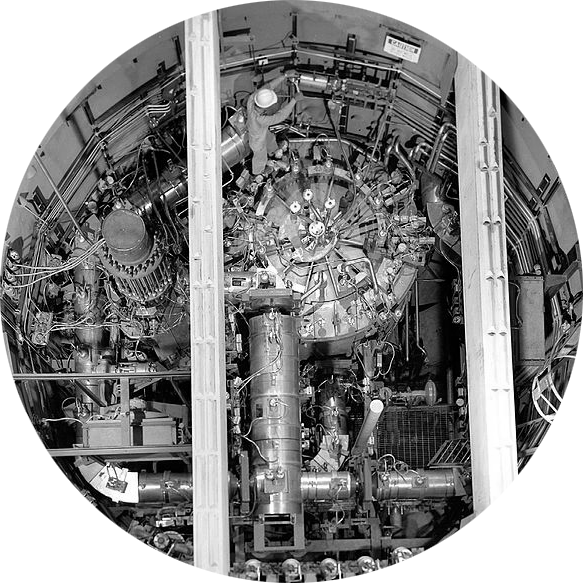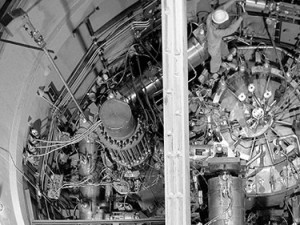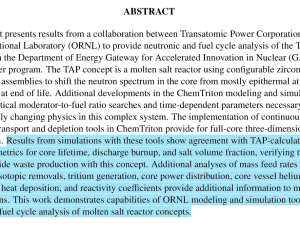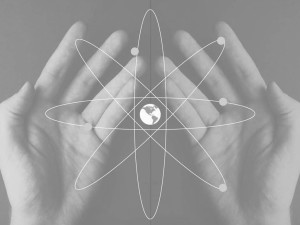What is fission?
Some radioactive materials release neutrons. When a neutron strikes a fissile atom, such as U-235, at the right speed, the atom can undergo “fission” or break into smaller pieces, which are called fission products, and produce free neutrons. Fission breaks bonds among the protons and neutrons in the nucleus, and therefore releases vast amounts of energy from a relatively small amount of fuel. Much of this energy is in the form of heat, which can then be converted into electricity or used directly as process heat.
What is a moderator?
Most neutrons (which are produced during fission) travel too quickly to cause subsequent fission reactions. In a typical nuclear reactor, the fuel is placed near a moderator. When neutrons hit the moderator they slow down, which makes them more likely to cause fission in uranium. If the average number of free neutrons remains constant over time, the process is self-sustaining and the reactor is said to be critical.

Can a nuclear plant explode?
Despite the use of the word critical, there is no chance of an atomic explosion in nuclear power plants. The fuel used in civilian nuclear reactors has a low enrichment level that is simply not capable of achieving the chain reaction required for an atomic explosion. The main concern in nuclear power is to avoid a steam explosion, fire, or containment breach that could allow the release of radioactive materials outside the plant and affect public health.
How do reactors work today?
Light-water nuclear reactors – the most prevalent kind of reactor in use today – are fueled by rods filled with solid uranium oxide pellets. The fuel rods are submerged in water. Water is a moderator that slows neutrons to the correct speed to induce fission in the uranium, thereby heating up the rods. The water also carries heat away from the rods and into a steam turbine system to produce electricity. A key problem with water is risk of steam or hydrogen explosion if the reactor’s pressure boundary or cooling fails.
What is fuel salt?
In a molten salt reactor, a radioactive fuel such as uranium or thorium is dis- solved into fluoride or chloride salts to form a solution that we call a “fuel salt.” The fuel salt is normally an immobile solid material, but when heated above approximately 500°C, it becomes a liquid that flows. Thus it is the liquid fuel salt, rather than water, that carries the heat out of the reactor. The plant can operate near atmospheric pressure with a coolant that returns to a solid form at ambient temperatures. This feature simplifies the plant and enables safety systems that do not require external electric power to safely shutdown, thereby assuring greater safety for the public.
Does salt mean sodium?
Molten salt reactors are quite different from sodium fast reactors, even though many people think of sodium when they hear of salt. The sodium metals used by those reactors can release a hydrogen byproduct that is combustible in the presence of air or water. Our fluoride salts remove this fire risk, while further simplifying and increasing the safety of the plant design.
[Note: This post has been edited to reflect the updated TAP Design White Paper, version 2.1.]




